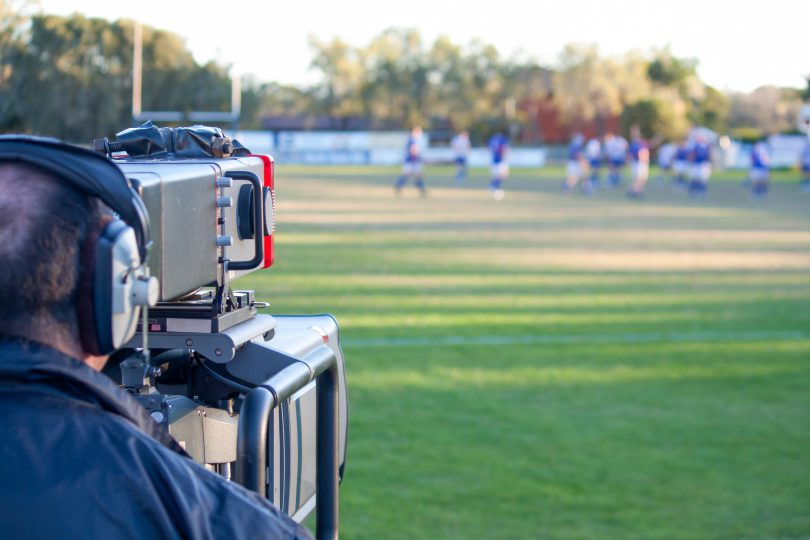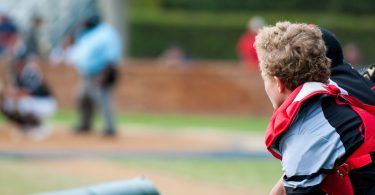Video, video, video. Video analysis has invaded almost every level of competitive baseball. People are using film for tons of different reasons: making recruiting videos, analyzing mechanics, breaking out of slumps, scouting opposing teams, and the list goes on. All of these important ways to use video deserve attention, but as you probably have guessed, we are here to talk to you about another way to use film, or even a note pad if you don’t have a serviceable camera.
We want to share some ideas about using video to gain control over your own improvement by taking a learning-centered approach to the game. While most people use video to fix problems (and we agree this can be really helpful when done correctly), it is equally important to have video/notes from games and practices when you are at your best. If you don’t have access to a camera, a pen and paper can be equally useful. Here is what we suggest you do:
Hitters:
- Film your swing in games or BP. After getting enough footage, sit in front of the video and talk as long as you can about how it feels. What does the ball look like coming out of the pitchers hand? What are you cueing off of? How do you feel? How are you breathing? What does the defense look like? What are you looking at before picking up the ball? What are you reminding yourself to do before your at bats?
- Watch your video and just talk about things you see yourself doing well. The more you can talk about, the more tools you will have when you need to remind yourself of that feeling of success and comfort or to get out of slumps that inevitably coexist with every hitter.
- If you don’t have a camera you can use, give “creative writing” a try. Write everything down. It is unlikely that you already have a library of video of your at bats, so keep a hitting log. Make notes about what is working and what isn’t. What pitches are you hitting well? Why? Writing things down activates your brain and helps you become proactive in learning. You will find that making short notes everyday can be extremely helpful for your growth as a hitter.
Pitchers:
- Take video of yourself pitching in games or in the bullpen. When you have enough footage, talk about how everything feels. What is good or bad about your grip? How are you breathing? What are you focusing on for a target? How does the ball feel leaving your hand? What does the batter look like? What does the strike zone look like? What are you thinking about? What are you doing to hold runners? Are you using a slide step? What set of signs is your catcher giving you? What is your thought process?
- Watch the video and talk about things you see yourself doing well. The more you talk about, the better. Just like with the hitters, the more you can say, the more tools you will have when you need reminders about what you do well or to pull yourself out of a pitching rut.
- If you don’t have a camera you can use, try some “creative writing.” Write everything down. It is unlikely that you already have a library of video of your pitching, so keep a pitching log. Make notes about what is working and what isn’t. Did you try a new grip? Learn a new drill? Why do you think things are happening? You will find that making short notes about what happens and what you have learned each time you pitch can be an extremely helpful way to grow as a pitcher.
Be Proactive in your Learning
Keeping a notepad full of short notes or descriptions of your hitting, pitching, or even fielding can be an important tool for monitoring/maintaining success, pulling yourself out of slumps, and continuing to improve as a ballplayer. Don’t let lack of video equipment hinder your development. Video can be great for finding mechanical flaws when things are going wrong, but taking notes or recording what you see and feel when you things are going well is just as useful, if not more.







